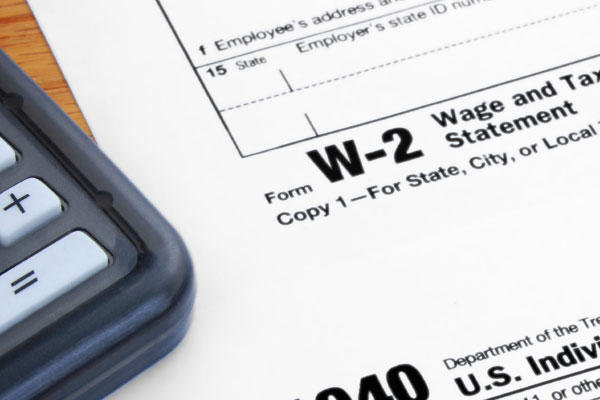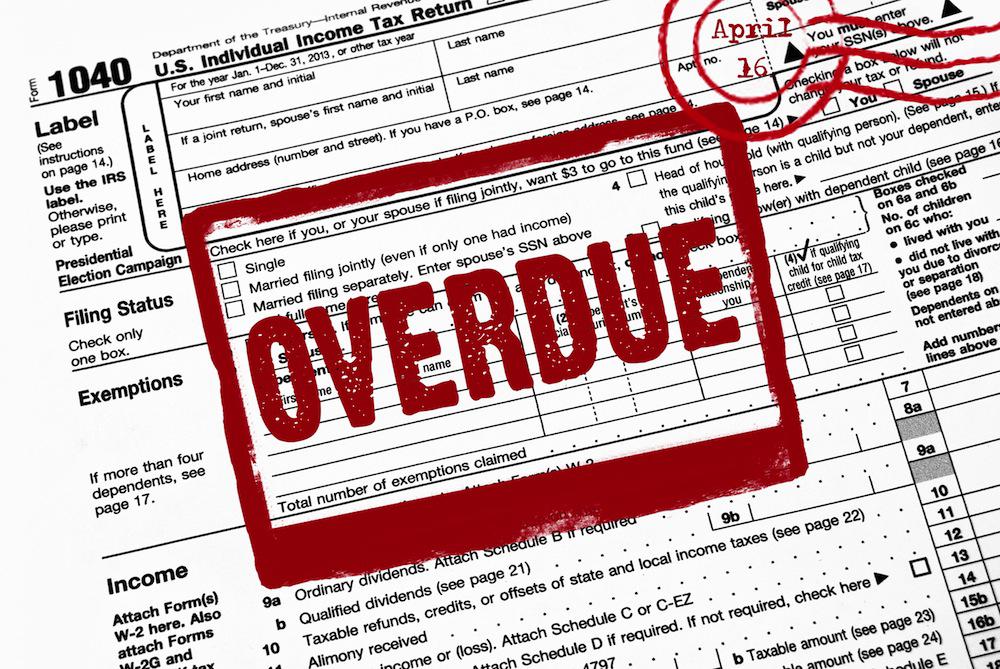Your Tax Responsibilities When Hiring New Employees
March 9, 2015
The IRS requires you to meet specific obligations when hiring a new employee. Here’s a list of what you need to know to do
Proof of Citizenship
You need to confirm that every new hire is allowed to work in the US. To confirm this, you and the employee will need to complete the U.S. Citizenship and Immigration Services (USCIS) Form I-9, Employment Eligibility Verification. An I-9 form is available at USCIS offices or you can call 1-800-870-3676.
New Hire Notification
A new hire is someone that has not been worked for you as an employee or was an employee but has not worked as employee of yours for a total of 60 days in a Row.
The IRS requires you to report any new employee to an appointed state registry for new hires. Most states accept a copy of the W-4 with your information added.
W-4
Each new employee needs to fill out and submit to you a W-4. They must include their name and social security number. Employees without a social security card should apply for one.









